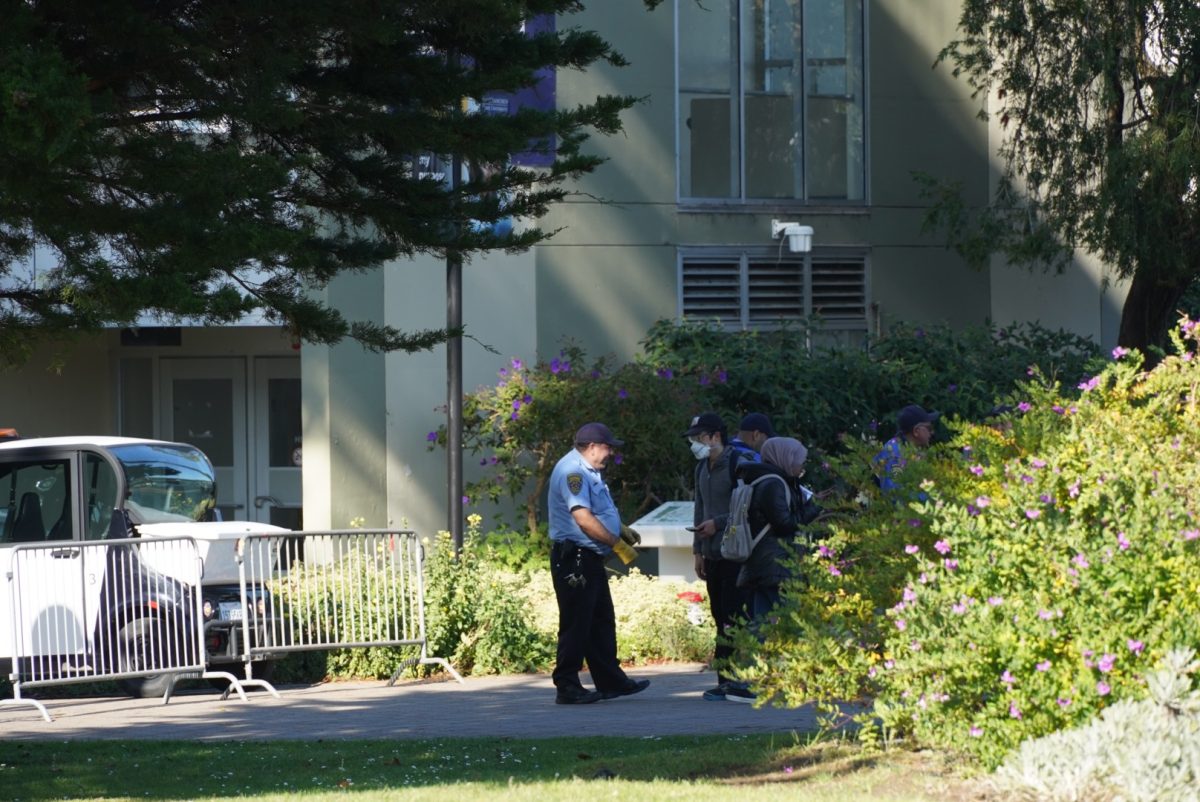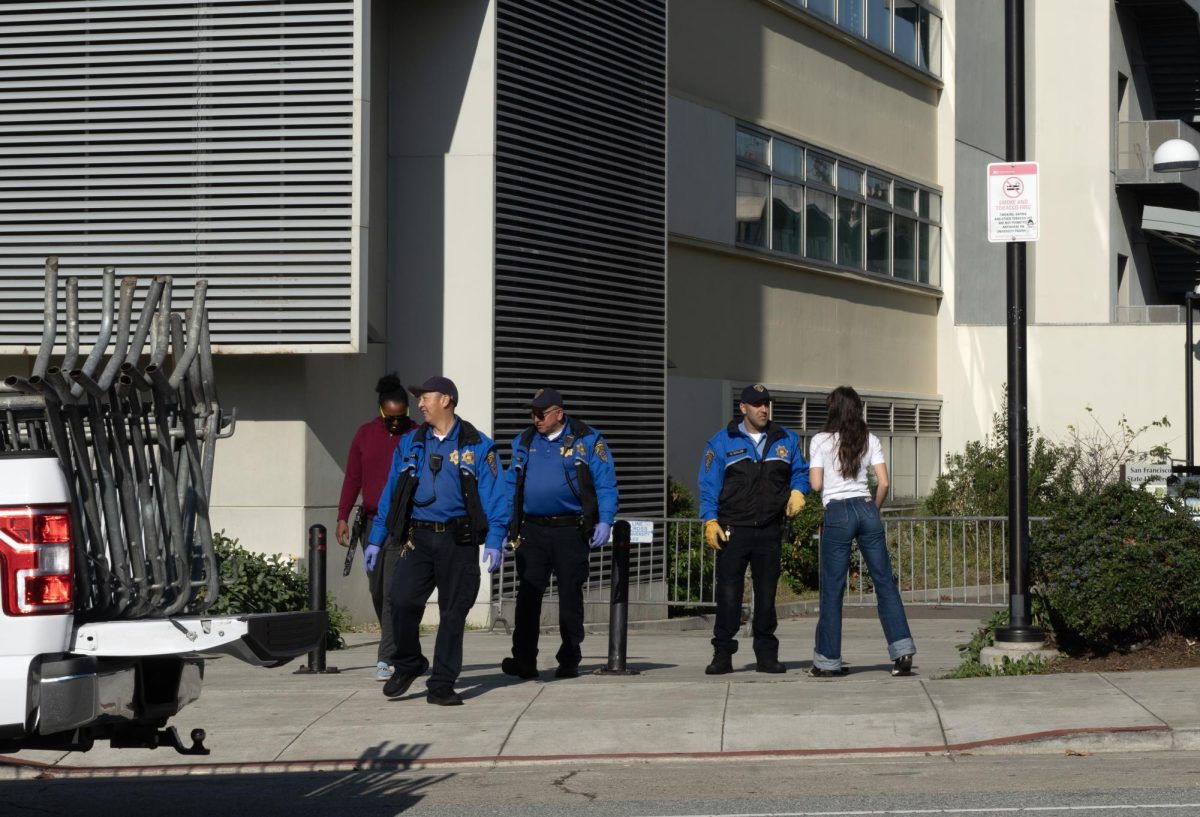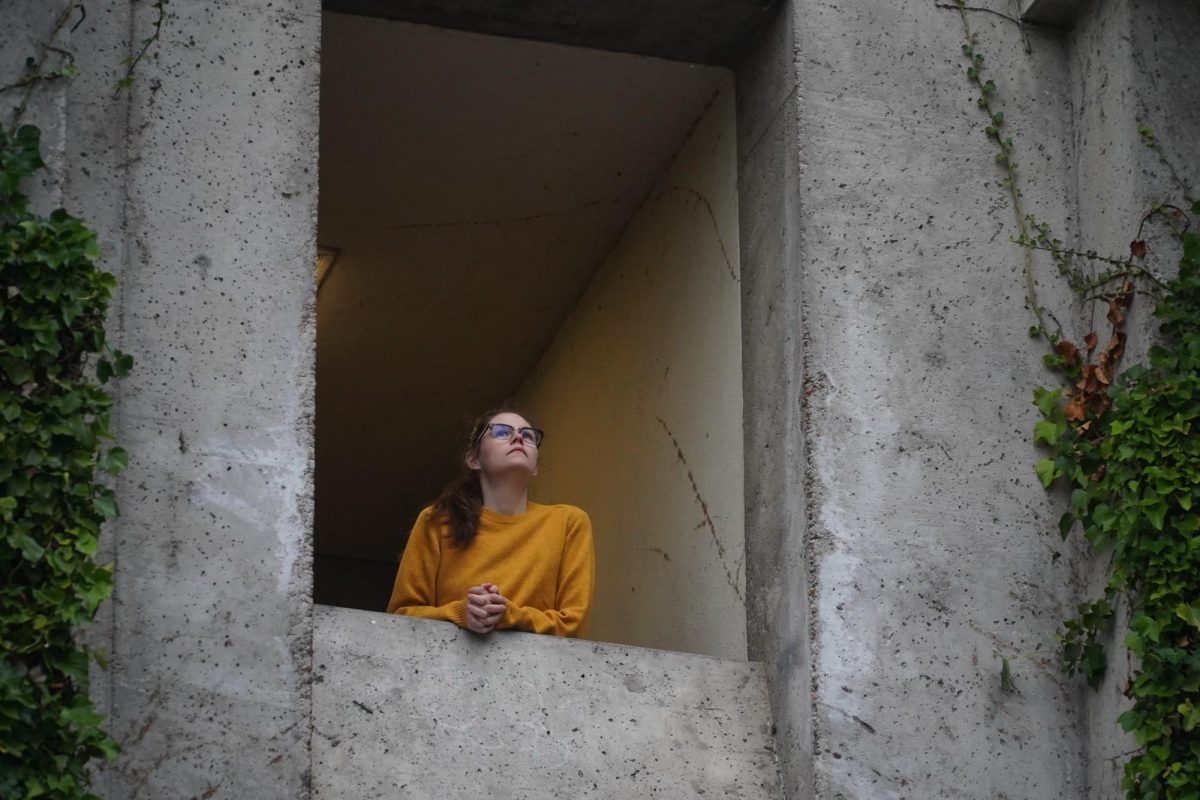Nothing could have prepared longtime English professor Jolie Goorjian for the first day of the fall semester.
“I was like, ‘Oh my gosh, I don’t know what I’m doing — I shouldn’t be doing this,’” the 20-year teacher recalled telling herself in her dining room on Zoom. “This is a whole different game.”
The class turned out fine. But she had come prepared.
In recent years, Goorjian has attended the vast majority of teaching classes, lunch-and-learns, online courses and programs hosted by SF State’s teacher development center, the Center for Equity and Excellence in Teaching and Learning (CEETL), which compensates teachers upon completion. Now, with CEETL’s support, she and Public Health professor Juliana Van Olphen are ready to launch their own online course.
On Jan. 4, 2021, CEETL will release the 25-hour course — Justice, Equity, Diversity and Inclusion, Writing, Pedagogies for Inclusive Excellence institute (JEDI Writing PIE) — to assist faculty of writing-intensive classes in striking a balance when focusing both on writing and on content in their courses. It pays special attention to the detail that many faculty aren’t prepared to teach writing.
“There are certain […] evidence-based practices that will help faculty learn new skills, just like there are evidence-based processes that help students,” said Assistant Vice President for Teaching and Learning Maggie Beers, who oversees CEETL with a doctorate in faculty development.
JEDI Writing PIE is set to become one of multiple online teaching courses released by CEETL since the novel coronavirus pandemic pushed classes online.
CEETL quickly expanded its voluntary, asynchronous online coursework for teachers when the pandemic struck San Francisco. It built out its Online Teaching Lab (OTL) — a 25-hour online course about online teaching — before launching and expanding several other courses and programs to assist faculty in adapting to teaching on Zoom.
In July, CEETL launched the Justice, Equity, Diversity & Inclusion Pedagogy for Inclusive Excellence institute (JEDI PIE), which pays special attention to accessibility, microaggressions, anti-racism, equitable course frameworks and student voices and experiences. Then came Online Teaching Squares, where participants join three other teachers to form support groups. The center also renewed an initiative where faculty collaborate to redesign courses while prioritizing measures of student success such as high enrollment numbers and large equity gaps.
Bolstered by $2.3 million in federal funding from the coronavirus relief bill, CEETL has become an increasingly popular resource for teachers in a time when relatively new research has explored the depths to which online learning is ineffective for those with less.
It will continue to offer OTL, JEDI PIE and Online Teaching Squares next semester as well as three recently launched microcourses on synchronous online teaching, large class engagement and alternative strategies for online learning.
As of Dec. 9, CEETL has seen 1,335 participants — including around one-third of faculty — enroll in and more than 600 complete the OTL, Beers said. Data from the results of a summer survey obtained by Xpress showed that 91.5% of participants rated the course as “a good use of […] professional time.”
Two-hundred-and-thirty-eight faculty enrolled in JEDI PIE and 151 finished it, while 337 joined Online Teaching Squares and 230 completed it, Beers said. She added that the center has awarded 48 grants for course-redesign projects that collectively impact at least 89 classes and 16,000 students.
“They have a lot of followers, right?” Goorjian said. “They call them the CEETL beetles, if you will.”
The faculty union may have had a hand in OTL’s rise in popularity over the summer. The California Faculty Association had negotiated with the administration to increase OTL’s stipend from $750 to $1,250, SF State chapter vice president Larry Hanley said.
He added that the raise made sense because — outside of OTL itself — teachers deserved pay for applying the lessons to their own courses.
“You want to be a truck driver, right? So you know, you get some training, (let’s pretend) 25 hours, to drive a truck,” he said. “That’s only to prepare you to do the real work, which is to drive a truck from San Francisco to Oklahoma City.”
With an hourly pay of $50 for faculty and $22 for graduate teaching assistants, CEETL has distributed more than $1.3 million in stipends to faculty for all courses completed, Beers said, adding that the center must spend its coronavirus relief funds by March 2021.
Regardless, for many teachers, the money takes a back seat to the development, Beers said.
Goorjian said that CEETL has completely changed her teaching. It was especially helpful navigating the transition to teaching online, she added.
She had enrolled in the summer OTL, concerned how she’d create a sense of community. Unlike in spring, she would spend fall lecturing students who had never met her or each other.
“What does that look like when you don’t know them, or when I have a classroom of 20 students who have their cameras off, and I can just see their names?” she said.
OTL helped her prepare to navigate that, she said. It also improved how she organizes her iLearn, facilitates Zoom interactions and chooses assignments to account for students’ circumstances, she said.
She more recently completed JEDI PIE to learn how she can sensitively account for the variety of ways remote learning impacts students.
She recalled a student turning off their webcam because they lived with 12 family members passing in their background — and then herself, teaching a class as she cared for her 5-year-old.
“You can’t just do what you do in the classroom online. That does not work at all. Everything has to be redesigned,” she said. “And I think that all of the offerings that CEETL has had have been really, really helpful to show us how you can think about your curriculum differently.”






